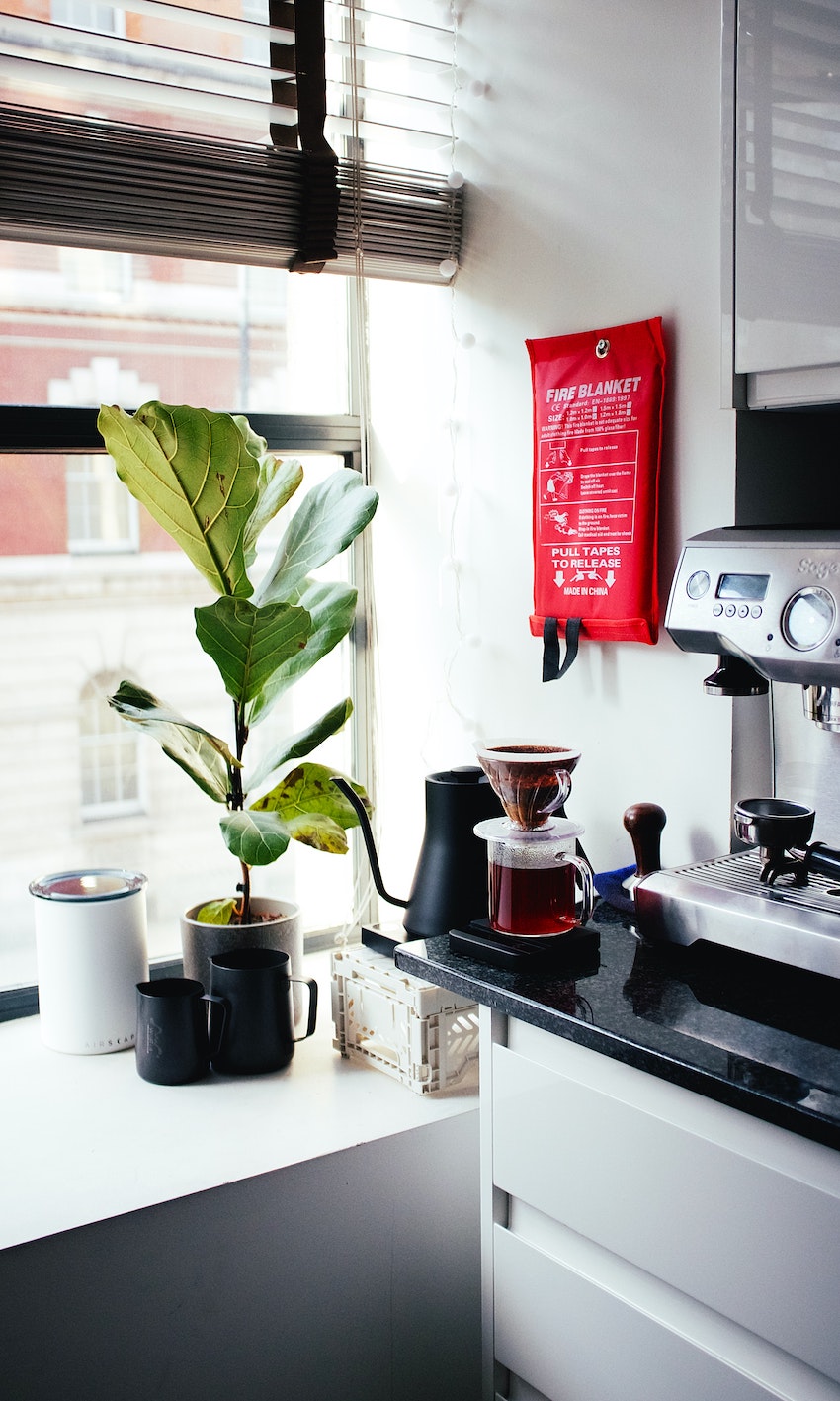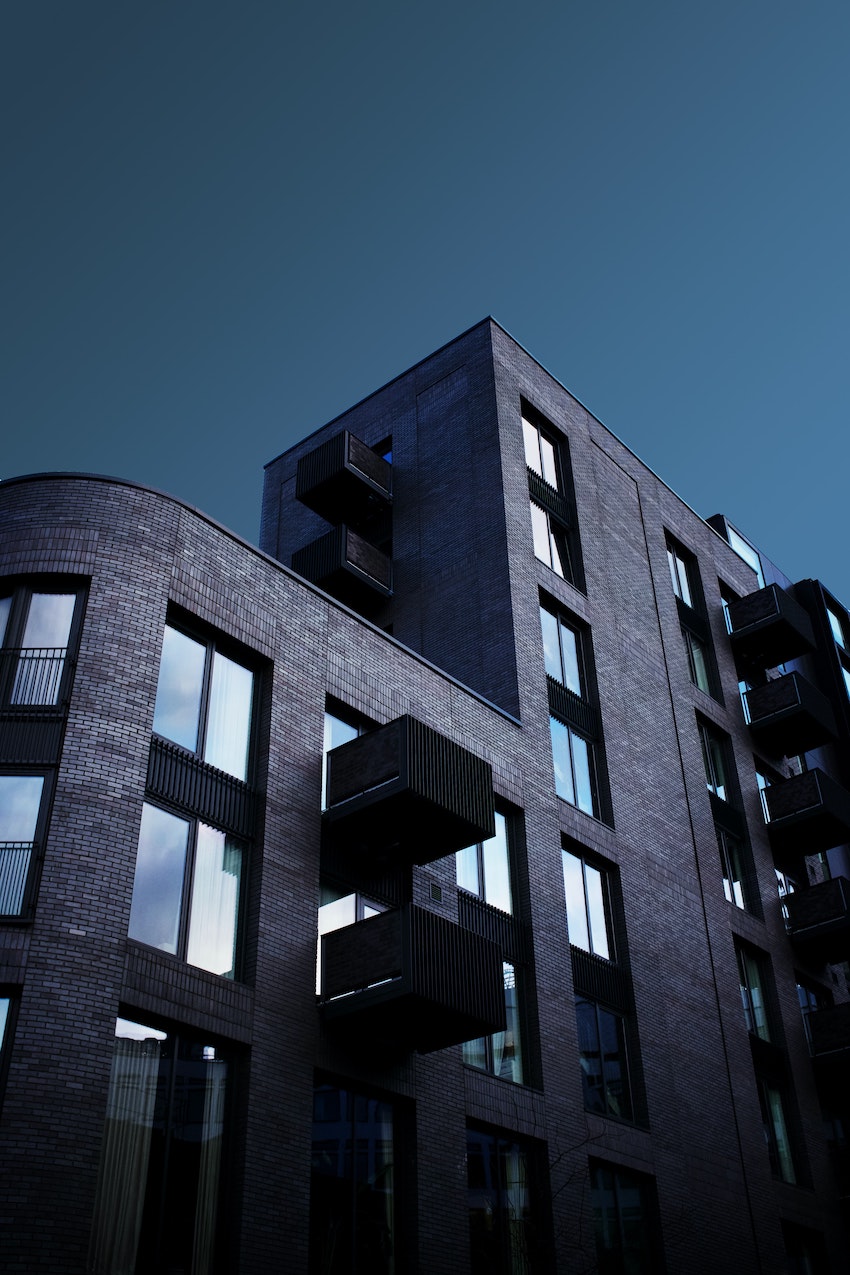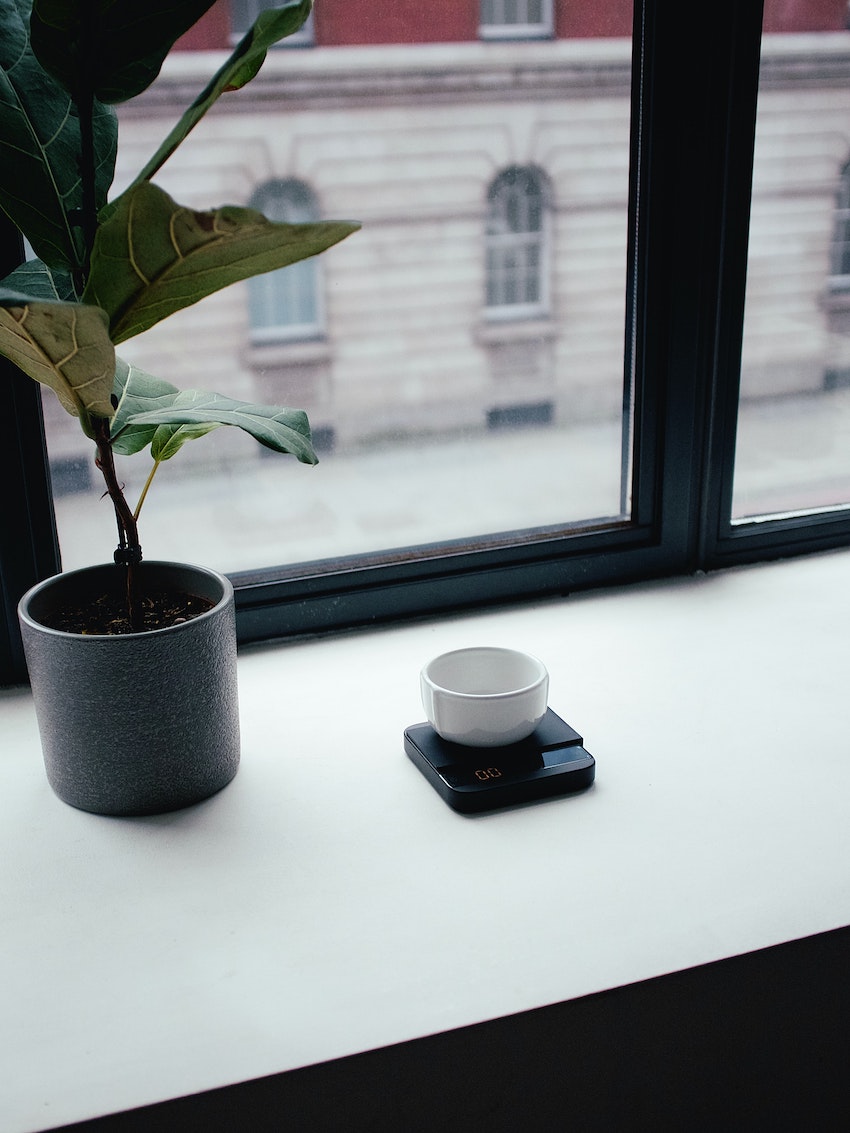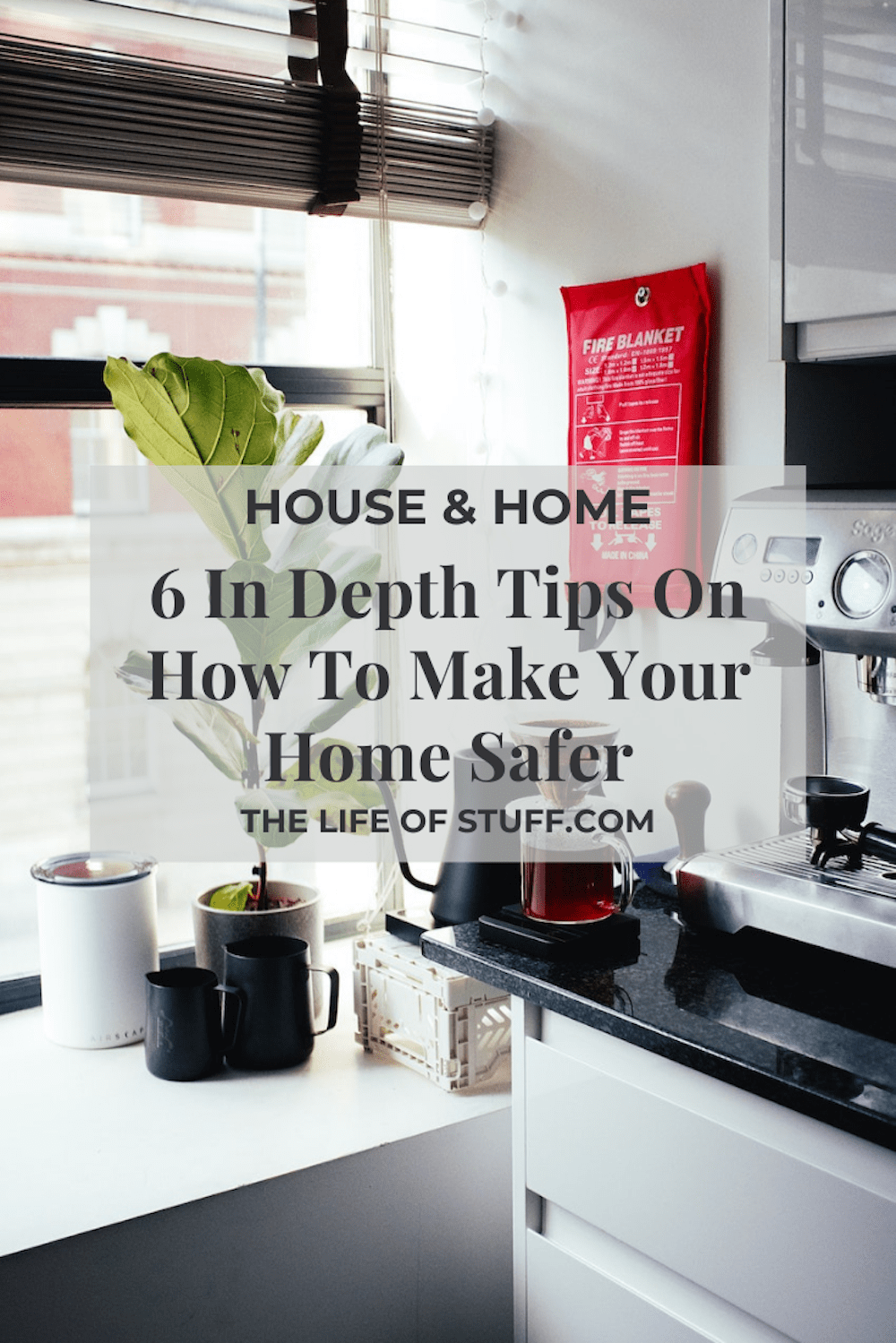How To Make Your Home Safer
An ideal home is one that allows its occupant to feel secure, comfortable and protected at all times. No matter where you are in your own home, you shouldn’t have to worry about damage or injury occurring as a result of an accident or malfunction.
The more time, effort and money that you put into ensuring this state of being is met by the building which holds it, the more self-assured you will feel in any situation. This is because safety comes first, so everything else around it follows suit.
Further Reading: 5 Top Tips for Child-Proofing Your Home
Here Are 6 In Depth Tips On How To Make Your Home Safer For Yourself, Family And Guests:
1. Electrical Safety
All of the electrical cables running between and behind appliances must be secured with cable ties. In addition, electricity cables need thermal insulation for fire risks; most cable suppliers carry these, and they’re easily available to buy in DIY shops.
The basic electrical installation must exist in every room of the house. This means at least one socket on the wall, which is easy to access for anyone who wants to plug something in. In addition, some points need an RCD (residual current device), which cuts out power if there is a fault or overload; it must be installed within 1 meter of each appliances power cable.
Where there are children, electrical safety is paramount – all electrical sockets should be fitted with childproof plugs so no one can stick pins etc., in them and get an electric shock. This is especially important if there are sockets in any areas where children might play.
Ensure all the electrical appliances in your house are in good working order and that there is no wiring exposed or frayed.
It’s also important to ensure that you don’t overload plug sockets with too many appliances. If there is an electrical fault somewhere, it could cause a fire or even lead to the whole house wiring catching on fire if too much load is placed upon it (which can generate large amounts of heat).
Similarly, make sure everyone knows not to try and work on any faulty electrics themselves without taking proper precautions (e.g. wearing gloves etc.).
2. Fire Safety
A fire extinguisher needs to sit somewhere accessible yet inconspicuous, just in case an emergency arises where you need to tackle a small fire before it gets out of hand. Make your home safer by keeping the specific types of extinguishers for the types of fires that might occur in your home in mind and install a smoke alarm on every level of your house (not just in the kitchen). Be sure to test them regularly to make sure they’re working.
All flights of stairs should have bannister railings, that are smooth and secured with fittings such as DDA Fittings – and where carpeted they should have no loose steps or carpet rods, and should be lit well. In addition, doors should be closed when going to bed and the main exits should be kept clear in case you need to exit in a hurry.
3. Plan An Emergency Strategy
Make sure everyone in your family knows what to do in case of fire. Everyone should be trained in using the equipment needed for your unique emergency strategy (e.g. ladders, hoses and which types of fires to fight with water or foam). This is particularly important if you live in a multi-storey building.
And on that note, everyone should be taught how to use the fire escape, where to access it and where it leads to. It might even be worth making a plan of your house showing where all the rooms are, what’s in them etc. – this could save precious time when everyone is panicking about escaping from a burning building.
Keep matches and lighters out of reach of children at all times. They can easily start fires if they get hold of them, and this could cause serious damage to your home – and even injuries. If you have a wood-burning stove or open fire, have the chimney swept at least once a year to prevent any build-up of soot that could start a chimney fire.
4. Inhouse Safety
All carpets and rugs should be fitted with non-slip materials on the underside. This is especially important if there are any stairs or inclines in the house which people may walk up or down.
If you have an open fire, gas heater, oven or cooker, the room it is in must have vents to allow an adequate supply of fresh air to prevent carbon monoxide poisoning.
If you keep chemicals (e.g. cleaning products), store them in secure cabinets with childproof locks, ideally fitted to the wall where they can’t be pulled over easily by little hands.
5. Home Security
Put up security lights within sight of your front and back door at night. You can also fit movement-sensitive lighting near windows or entrances, which only come on when someone walks nearby.
Make your home safer by keeping shrubbery at least two feet away from all windows/doors to prevent anyone hiding there – it’s a horrible thought I know. And don’t keep your car keys within easy reach of the front door, opportunists have been known to steal keys through open front doors, and even through letterboxes.
If you have a garage with windows in it, consider putting wire mesh over them so they become completely opaque, so no one will suspect there is anything worth stealing inside. This also helps prevent break-ins by stopping burglars from being able to see tools or expensive equipment which might be lying around outside for the taking.
Keep a list of emergency numbers you might need to contact in the event of any incidents – your local Fire Station, Police Station etc. It’s also useful to know the number to call if you have no gas/electricity (these are usually found on your energy bill). You can keep this in an accessible place or even laminate it.
6. Outdoor Safety
If you have a pond in your garden, make your home safer by fitting a fence around it with self-closing and self-latching gates. It’s also a good idea to fit locks on all doors leading outside your home.
Keep your front and back yards tidy. Make sure children can’t gain access to any materials which might be dangerous for them – this includes sharp tools left out in the garden, gas barbecues etc. You don’t want anyone getting hurt.
Photos by Max Whitehead – CCO Licence
PIN: 6 In Depth Tips On How To Make Your Home Safer
Follow The Life of Stuff on Facebook | Twitter | Pinterest | Instagram








